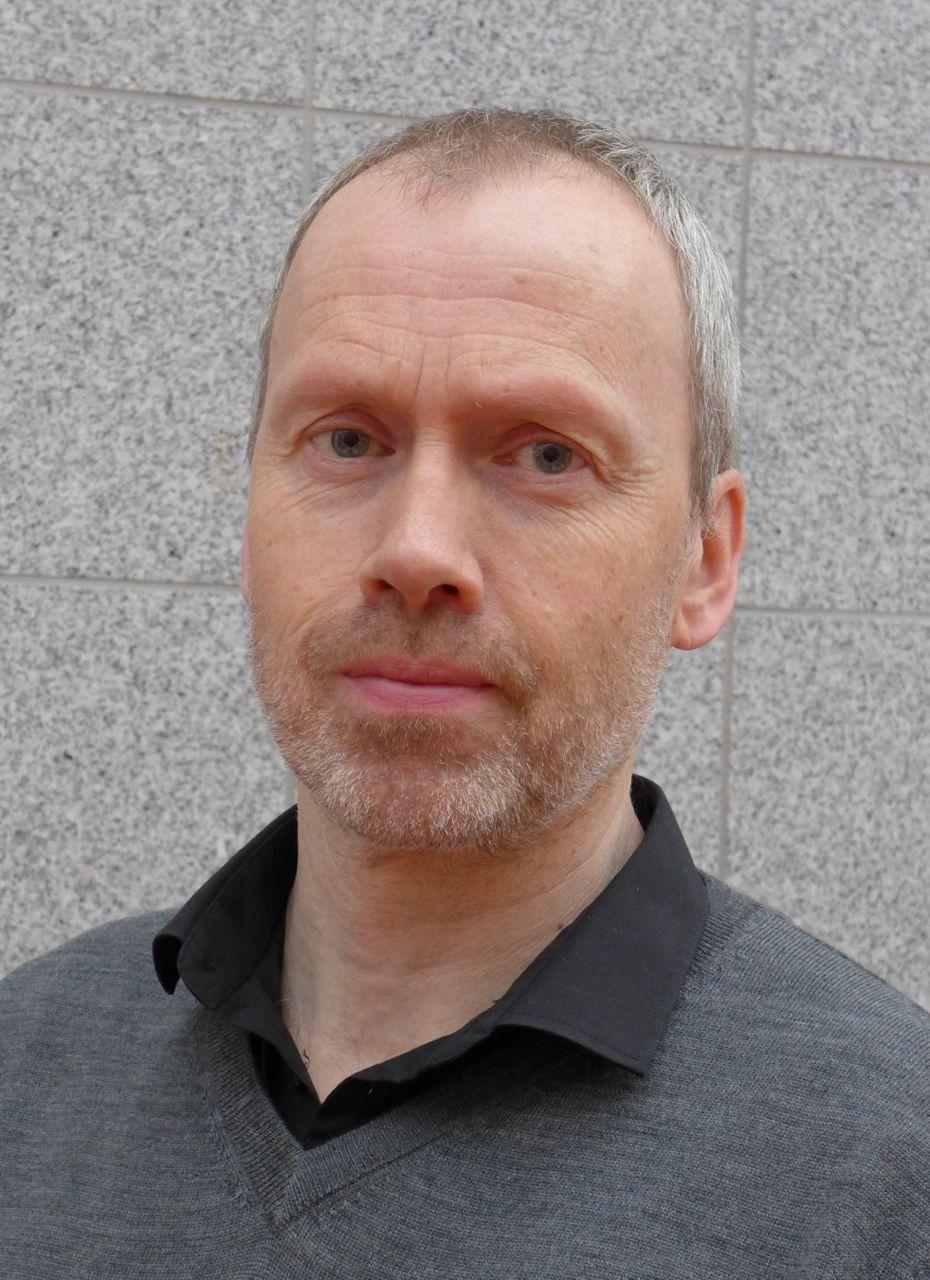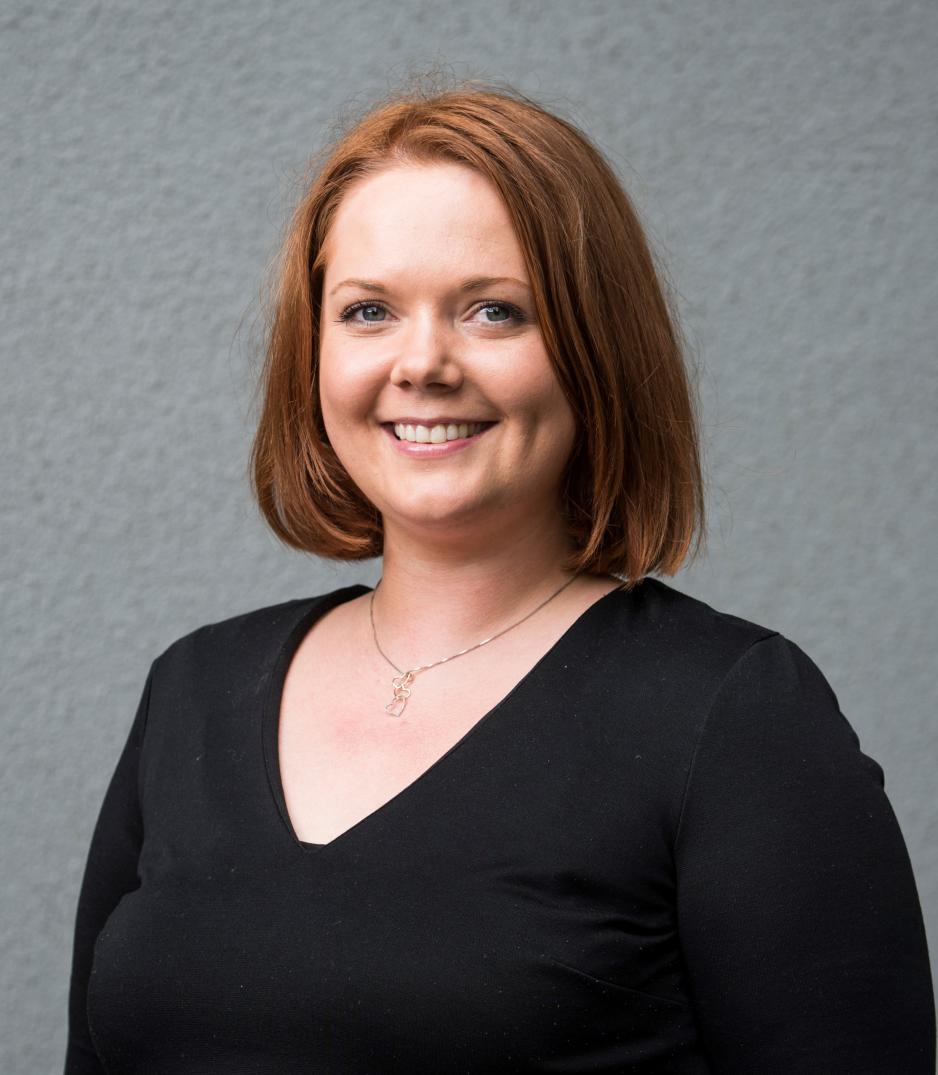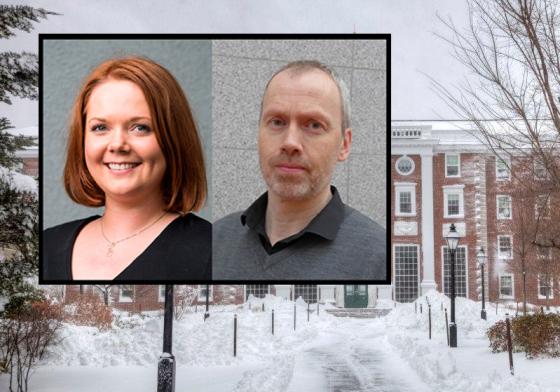#MeToo can’t change academia by itself
The #MeToo movement is standing up to sexual harassment, also in academia and the research sector. “The movement reveals just the tip of several icebergs,” says Mons Bendixen, a Norwegian researcher.
Many professional groups have confronted the issue of sexual harassment since the #MeToo movement arose in autumn 2017. The hashtag has been used to share women’s personal experiences, ranging from unwelcome sexual attention to sexual assault.
Wants an overview of the problem
Many in academia and the research sector have given their support to the movement as well. Marit Hovdal Moan, an equality ombudsman and senior adviser, together with others at NTNU, have launched a petition under the hashtag #MeTooAkademia.
In autumn 2017, the Committee for Gender Balance and Diversity in Research (the KIF Committee) sent a written statement to the research sector, the Association of Norwegian Research Institutes and the Norwegian Association of Higher Education Institutions, calling on them to develop a set of questions that can be used to gain an overview of sexual harassment within the entire sector.
Rector Svein Stølen of the University of Oslo stated to the online newspaper Khrono that, in addition to working with concrete anti-harassment measures, he would initiate a survey to find out the extent of harassment at the institution.
According to Mons Bendixen, an associate professor in the Department of Psychology at NTNU, it is important to find out the number of specific cases so that effective measures can be implemented. He has conducted research on sexual harassment, primarily among young people, partly by surveying pupils in upper secondary school.
“I would definitely recommend conducting a survey of sexual harassment and other forms of harassment in a concrete way, for instance, by asking whether students and employees have been subjected to certain types of conduct in the past year. To have effective tools, we need a broad-based survey so that the measures that are launched are tailored to what is actually happening.”
“#MeToo gives an incomplete picture”
Bendixen thinks that the #MeToo movement can gradually change the culture of many professional groups, also in academia and the research sector. He points out, however, that anti-harassment measures should not be based on the movement alone.

“Change in working life should be based on sound knowledge about harassment, not on the #MeToo movement and other campaigns that highlight only part of the problem. The movement gives an incomplete picture of reality, although the reality it presents is real, serious and problematic,” he says.
“It’s important to bring attention to conduct that clearly is unwelcome in working life.”
“By the same token, it’s unfortunate if the movement takes attention away from other forms of harassment that we also need to work on. During the autumn, many recommendations have been made about what could be done to solve the problem, and some say quite simply that men need to keep their pants on. This might help to counter a certain kind of behaviour, but not others, such as making crude comments and sending pictures.”
According to Bendixen, there has not been enough research on sexual harassment and other forms of harassment to know what measures are effective in preventing and changing the culture in environments where the problem occurs. Today there are laws and employer regulations that establish norms for the working environment in the various workplaces. The Gender Equality Act, the Working Environment Act and the Norwegian Penal Code regulate the problem, and sexual harassment is generally not tolerated.
“People should be able to go to work and school and feel safe. They should be able to concentrate on their job duties and not have to deal with uncomfortable sexual attention and demeaning treatment. However, we know that harassment can happen in many different ways in all workplaces and educational institutions,” says Bendixen.
Demands protection under the law for students
Although there are laws that regulate sexual harassment, not everyone is equally protected. For example, the Working Environment Act does not apply to students, and many are now calling for clearer rules that can ensure a safe educational environment.
“Students don’t have the same protection accorded by law as employees have under the Working Environment Act and school pupils have under the Education Act. Students fall between the cracks and are therefore a vulnerable group. This is unacceptable,” says Ida Austgulen of the National Union of Students in Norway (NSO).
“Students are currently covered by an inadequate legal framework that does not set sufficiently clear requirements for how their rights must be safeguarded. This is why we need stricter legislation, and the NSO expects the Government and educational institutions to take this seriously.”
To ensure the students’ rights at the institutional level, the NSO is also demanding that all students have access to a student ombudsman who can assist with legal cases, as well as good reporting routines at each educational institution.
“Educational institutions must take responsibility”
Like Mons Bendixen, Austgulen thinks that surveying the extent of sexual harassment is an important starting point for designing measures that can prevent such conduct.

“Bullying and sexual harassment in academia are largely an attitudinal problem that requires a cultural change. Therefore, it may be necessary to conduct an extensive survey so that the institutions can see where it occurs and then launch the proper measures,” she says, and adds that she does not think campaigns focusing on attitudes is the most effective way to change the culture in educational and research environments.
At the same time, she thinks that the #MeToo movement can help to make more people aware of the problem.
“The movement puts the spotlight on an area that has not been discussed enough previously, and awareness-raising like this is positive in itself. Now it’s important for the new Parliament to follow up and make the students’ learning environment and rights a priority moving forward.”
Austgulen adds that the educational institutions must take responsibility for the fact that so far there has been a lack of good routines for dealing with cases involving bullying and sexual harassment. She refers to a study carried out by Sentio, on commission from the NSO and the student newspaper Universitas, which shows that one of eight students has experienced unwelcome sexual attention from classmates or employees at their institution.
“In other words, we know that unacceptable situations occur, and the problem is therefore extensive enough in itself. Bullying and sexual harassment should not happen,” she says.
Broad range of harassing conduct
According to Mons Bendixen, the #MeToo movement may give the impression that it is almost always men who do the harassing and that victims of harassment are younger women in subordinate positions, often in temporary jobs. It may also seem that a power imbalance normally exists when harassment occurs in various sectors and environments.
“The movement reveals just the tip of several icebergs. What comes to light is a limited sample of situations that people have experienced, which are not necessarily representative of all types of harassment that actually take place, although the situations described present a genuine and serious problem.”
Bendixen points out that the types of conduct described in the #MeToo movement are mostly serious, unambiguous cases of harassment. He notes that there are also many cases in which the circumstances are much less clear. The notion of older men as harassers and younger women as victims is also much more nuanced in reality.
Bendixen believes that there may also be cases of harassment of employees by students, but that this must be studied further before the number of cases of this type can be known for certain.
“We see from working life research and studies from upper secondary school that harassment between men, for example, often has sexual undertones as well,” he says.
“Same-sex harassment is very common, and harassment often occurs between women in female-dominated workplaces. It may take the form of degrading comments, remarks of a sexual nature about a person’s appearance, false accusations and competition among colleagues.”
“#MeToo can have a preventive effect”
Although the #MeToo movement does not give a complete picture of how the problem manifests in working life and other environments, Bendixen believes that it can have a preventive effect in some cases.
“It’s good that the movement has increased awareness of the problem, and perhaps many men will think twice before acting inappropriately, for example, before they go to the company Christmas party. But the vast majority of men, in academia and the research sector or other professional groups, don’t engage in harassment. Only a few men do, and many of those who harass others don’t think they are doing it; they think it’s part of a culture of crude speech. Maybe the movement will help them to understand that some crude speech crosses the line,” says Bendixen.
Translated by Connie Stultz.
According to a study from April 2017, conducted by Sentio on commission from the National Union of Students in Norway (NSO) and Universitas, more than 30 000 students have experienced unwelcome sexual attention from a classmate or employee at their institution. This corresponds to one of eight students nationwide. Altogether 14 percent of the men surveyed responded “yes” to the question, as compared with 11 percent of the women.
In autumn 2017, Professor Ingrid Lund of the University of Agder published a study in which one percent of the surveyed students responded that they had been sexually harassed by an employee at their institution. Eight percent stated that they had been sexually harassed by a classmate.
The Committee for Gender Balance and Diversity in Research (the KIF Committee) has sent a formal written request to the Association of Norwegian Research Institutes, the Norwegian Association of Higher Education Institutions (UHR) and the research sector to take steps to solve the problem. Read more about this issue and the KIF Committee’s demands here.
UHR has decided to form a joint committee for Norwegian universities and universities colleges that will work to fight sexual harassment in academia. The committee will be chaired by Rector Frank Reichart of the University of Agder, who is also the driving force behind the committee’s establishment.
Rector Svein Stølen of the University of Oslo has stated that he will initiate a survey to find out the extent of harassment at his institution.
(The links above in Norwegian only.)

